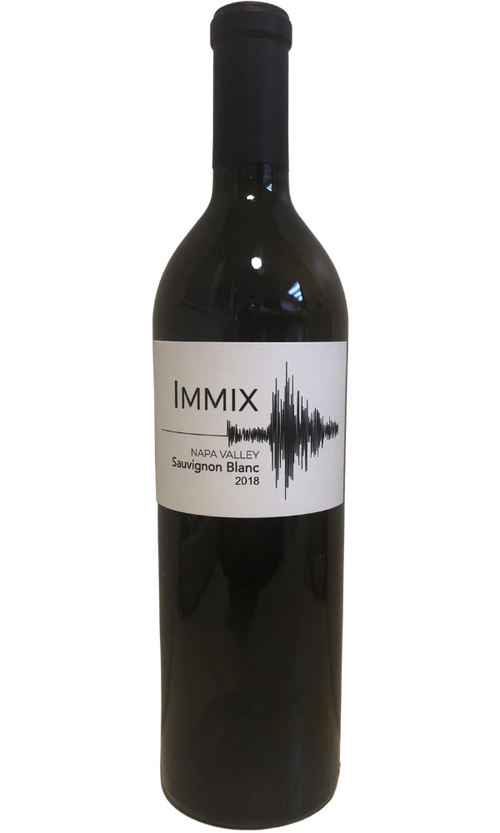Sauvignon Blanc acumen from Screaming Eagle and Haut Brion

- Curated by unrivaled experts
- Choose your delivery date
- Temperature controlled shipping options
- Get credited back if a wine fails to impress
2018 Immix Wines Sauvignon Blanc Napa Valley 750 ml
- Curated by unrivaled experts
- Choose your delivery date
- Temperature controlled shipping options
- Get credited back if a wine fails to impress
Napa Valley’s Unmatched Resumé
Screaming Eagle and Château Haut Brion produce some of the most coveted and expensive Sauvignon Blancs in the world. 2018 Screaming Eagle currently fetches around $5,000 per bottle, and 2018 Haut Brion Blanc trades for about $1,300.
The winemakers who can say they’ve made Sauvignon Blanc at both properties is a small club indeed—and Immix Sauvignon Blanc is the passion project of one of them.
Morgan Maureze has more impressive credentials than almost any winemaker in the Napa Valley. Pruned vines at Dominus as a teenager? Been there. Finished a master’s thesis while working at DRC? Done that. Ovid and Château Petrus too. The training grounds just don't get better.
This kind of experience makes Morgan’s barrel-fermented, super-expressive Napa Valley Sauvignon Blanc a STEAL at its winery price of $45, but our price makes it absolutely lights-out.
Immix has a distinctive seismic-themed label—their first harvest began just a day before the 2014 Napa earthquake—and was launched by Maureze and his friends Eric Fink and Nicole Sieffert-Fink. All of Maureze’s connections in Napa Valley, plus his incredible winemaking background in France and California, paved the way for the project
When he was offered a crack at some old Sauvignon Blanc vines in Wooden Valley’s legendary Rancho Chimiles Vineyard—a key source for Stag’s Leap Wine Cellars, Pahlmeyer, Favia, and The Prisoner—he didn’t hesitate.
“Personal” labels like Immix are some of the best insider-wines in Napa, where A-level vineyards often fall into the hands of the Valley’s best (and best-connected) winemakers. These are wines of sterling quality, and they’re often produced in such small quantities that they rarely make it over the California state line—except to go to mailing-list members. That’s where we come in.

